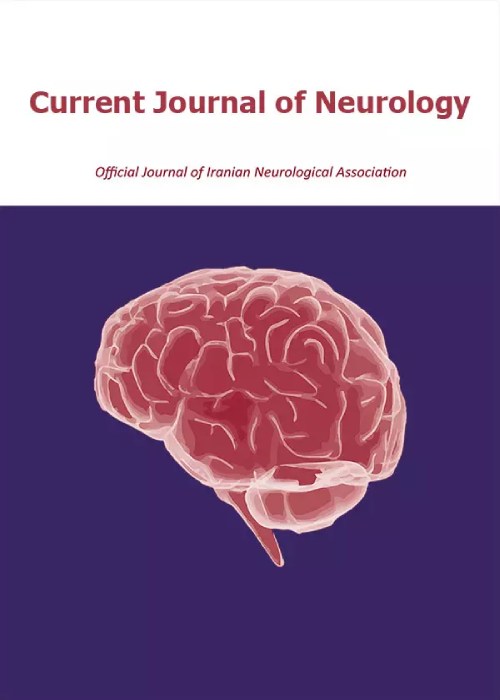An assessment of Martin-Gruber anastomosis discrepancies between healthy individuals and patients with carpal tunnel syndrome in motor nerve conduction studies
Author(s):
Article Type:
Research/Original Article (دارای رتبه معتبر)
Abstract:
Background
The Martin-Gruber anastomosis (MGA) represents a nerve innervation anomaly in the upper extremity, potentially leading to misinterpretation during standard nerve conduction studies (NCSs). This study aims to characterize the electrophysiological attributes of MGA in both healthy subjects and individuals diagnosed with carpal tunnel syndrome (CTS).Methods
This case-control study involved the electrophysiological assessment of 506 forearms, segregated into two distinct groups: a CTS positive (+) case group and a CTS negative (-) control group. The evaluations were conducted over an average period of 8 months in the neurophysiology laboratory. The study encompassed 294 forearms from 147 healthy individuals without CTS and 212 forearms from 106 patients diagnosed with CTS, both clinically and electrodiagnostically.Results
The relationship between the presence of type I MGA and the CTS (+) group was statistically significant (P = 0.002). Similarly, the relationship between the presence of type II MGA and the CTS (+) group was statistically significant (P = 0.013). On the other hand, the relationship between the presence of type III MGA and the CTS (+) group was not statistically significant (P = 0.208). Likewise, the relationship between the presence of type IV MGA and the CTS (+) group was not statistically significant (P = 0.807). The correlation between the side of type I MGA and the groups did not reach statistical significance (P = 0.770). The relationship between the side of type II MGA and the groups also did not attain statistical significance (P = 0.990). Similarly, the side of type III MGA and its association with the groups did not yield statistical significance (P = 0.402). Finally, the relationship between the side of type IV MGA and the groups was not statistically significant (P = 0.166).Conclusion
The MGA represents a relatively frequent anatomical variation observed in the upper extremity. Notably, its presence demonstrated significance in the first dorsal interosseous (FDI) muscle (type II) and the abductor digiti minimi (ADM) muscle (type I) among patients with CTS. The present study emphasizes the importance of recognizing this variation during upper extremity NCSs for a correct diagnostic approach and treatment plan to avoid misdiagnosis of median-ulnar peripheral neuropathy.Keywords:
Language:
English
Published:
Current Journal of Neurology, Volume:22 Issue: 3, Summer 2023
Pages:
179 to 187
magiran.com/p2652554
دانلود و مطالعه متن این مقاله با یکی از روشهای زیر امکان پذیر است:
اشتراک شخصی
با عضویت و پرداخت آنلاین حق اشتراک یکساله به مبلغ 1,390,000ريال میتوانید 70 عنوان مطلب دانلود کنید!
اشتراک سازمانی
به کتابخانه دانشگاه یا محل کار خود پیشنهاد کنید تا اشتراک سازمانی این پایگاه را برای دسترسی نامحدود همه کاربران به متن مطالب تهیه نمایند!
توجه!
- حق عضویت دریافتی صرف حمایت از نشریات عضو و نگهداری، تکمیل و توسعه مگیران میشود.
- پرداخت حق اشتراک و دانلود مقالات اجازه بازنشر آن در سایر رسانههای چاپی و دیجیتال را به کاربر نمیدهد.
In order to view content subscription is required
Personal subscription
Subscribe magiran.com for 70 € euros via PayPal and download 70 articles during a year.
Organization subscription
Please contact us to subscribe your university or library for unlimited access!


